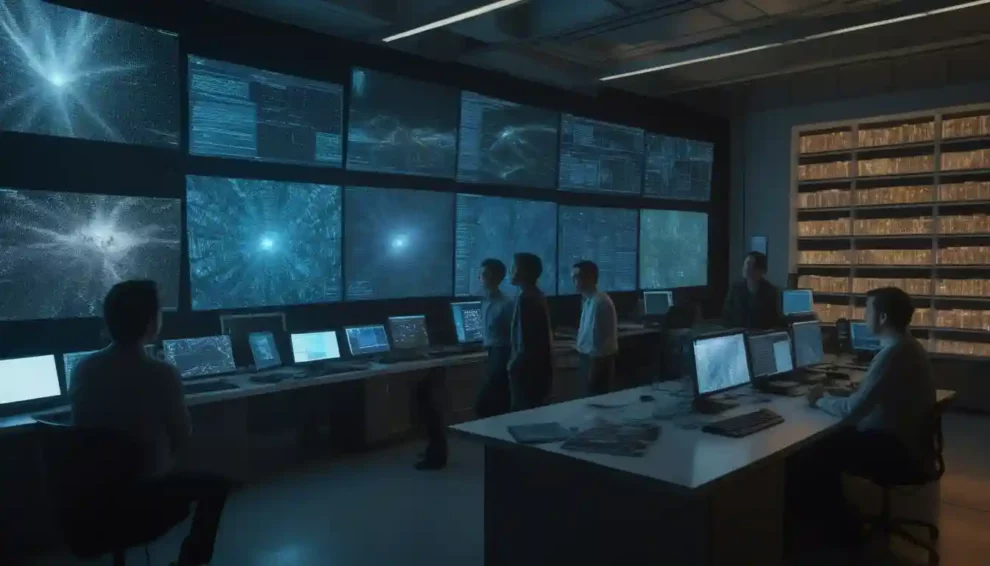Researchers have discovered that AI video generation models – despite their impressive visual outputs – lack fundamental comprehension of basic physics principles. The research, conducted by a collaborative team from Bytedance Research, Tsinghua University, and Technion, sheds light on a critical limitation in current AI technology’s ability to truly understand the physical world.
The study emerges at a time when AI video generators like Sora and Runway are making headlines for their ability to create remarkably realistic video content. However, the research team wanted to probe deeper: Could these sophisticated AI systems actually learn and understand the laws of physics simply by observing visual data, without human intervention?
To investigate this question, the research team designed a controlled experiment using 2D simulations featuring simple shapes and movements. They created hundreds of thousands of mini videos focusing on three fundamental physics principles: uniform linear motion of a ball, elastic collision between two balls, and parabolic motion. These videos served as both training material and testing grounds for the AI models.
The results were both fascinating and concerning. While the AI models could effectively replicate physics-based movements they had previously “seen” in training data, they struggled significantly when confronted with new, unfamiliar scenarios. Instead of applying learned physical principles, the models defaulted to mimicking the closest example from their training data – essentially revealing that they were matching patterns rather than understanding underlying physical laws.
The challenge lies in determining whether a video model has truly learned a law rather than simply memorizing data,” the research team explained. This distinction becomes crucial as AI technology continues to advance and is increasingly integrated into real-world applications where understanding physical principles could be critical.
Perhaps most intriguingly, the study revealed a distinct hierarchy in how these AI models process and prioritize different aspects of the visual information they encounter. Color emerged as the highest priority, followed by size and velocity, with shape receiving the least emphasis. This prioritization led to some peculiar behaviors, such as the arbitrary transformation of shapes – for instance, a square spontaneously morphing into a ball – highlighting the gap between AI’s representation of reality and actual physical laws.
The implications of these findings extend far beyond academic interest. As AI systems become more prevalent in applications requiring physical world interaction – from robotics to autonomous vehicles – their inability to truly understand physical laws could pose significant limitations. The research suggests that current AI systems, despite their sophisticated appearance, are essentially sophisticated pattern-matching machines rather than systems with genuine understanding of physical principles.
Lead author Bingyi Kang acknowledged the magnitude of this challenge on social media platform X, stating, “This is probably the mission of the whole AI community.” His comment underscores the fundamental nature of this limitation in current AI technology and suggests that bridging this understanding gap could be one of the key challenges in advancing artificial intelligence toward more genuine forms of comprehension.
The study also raises important questions about the future development of AI systems. While current models can create increasingly convincing visual content, their lack of understanding of basic physical principles suggests that true artificial intelligence – with genuine comprehension of the natural world – may require fundamentally different approaches than those currently being pursued.
As the AI community continues to push the boundaries of what’s possible with video generation and other visual AI technologies, this research serves as a crucial reminder that surface-level competence doesn’t necessarily indicate deeper understanding. The path to creating AI systems that truly understand the physical world, rather than simply mimicking it, remains a significant challenge that will likely require new breakthrough approaches in AI development.

















Add Comment